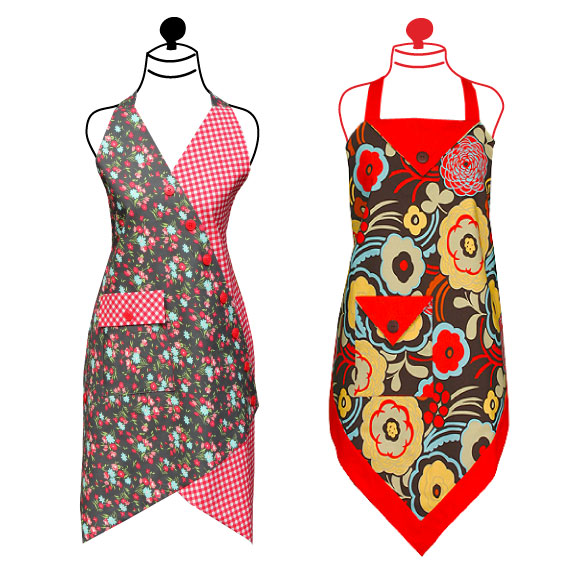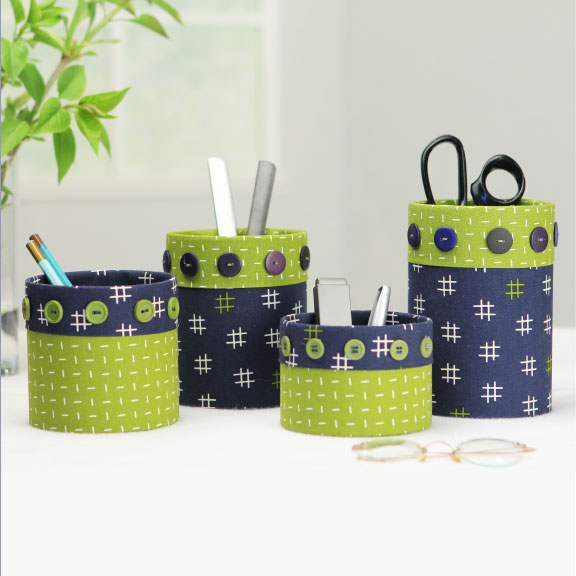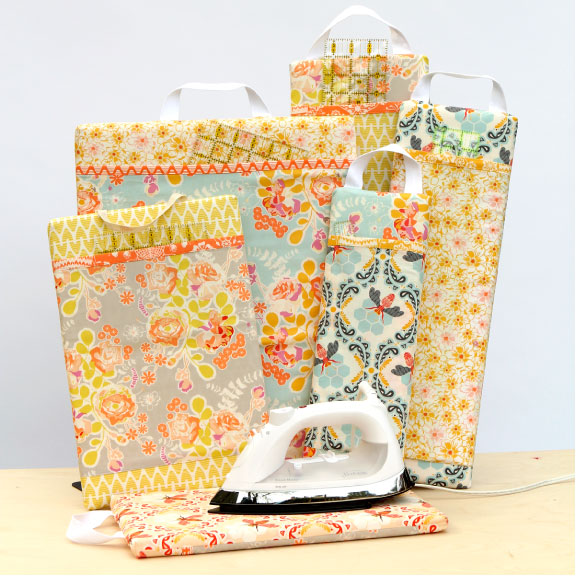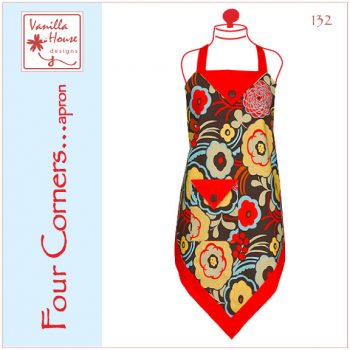
This square-on-point (four corners) apron is quick-to-make and perfect for the beginning sewer and yet clever enough to appeal to all sewers. Selecting the coordinating fabrics is SO easy because it looks good in every fabric you might choose. Whether modern, cottage, Christmas, or barbecue, the apron takes on the personality of the fabric! By the way, it’s very comfortable AND flattering!
This pattern is available as a downloadable ePattern, or as a printed pattern that can be shipped to you in the mail.
Adjustments in size are made by the length of the neck strap on the apron — 23″ to 26″ for small, medium, or large. Slightly more fabric is required for the apron if using vertical print fabrics (like stripes) or one-way vertical print fabrics (like chickens). This pattern is selling great for those intending to give an apron as a gift — customizing it for the receiver’s personality by using themed fabrics.
Also see P137 for a kids’ version of this pattern, P143 for a delicious version, and P154 for a pieced version.
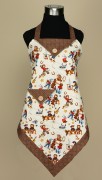 |
 |
 |
Customer Comments:
Why is the size of the front panel different from the back panel – by 1/4″? Claire, MA. This is on purpose — our thinking that staggered seam allowances lay flatter or reduce bulk on the inside (a technique used in couture sewing). Originally, the back panel was smaller that the front panel but currently, the back panel is 1/4″ larger that the front panel. This also helps to provide ‘wiggle room’ for matching the two large square panels together. Use the front panel edges to measure your 1/4″ seam allowance at the sewing machine!
A great tip! Use the front panel (with trims attached), with RST, to cut the back panel. Brilliant! You don’t have to measure anything and they fit perfectly every time! This technique precludes the previous technique of staggered edges – staggered edges are not that important — designer recommends this option instead.
Here’s another great tip: when cutting out your pieces from your large purchased piece of fabric, I always seem to screw up! I have found that if I cut the larger pieces first, I can fit the smaller pieces in here and there. Otherwise, I buy 1 1/6 yd instead of 1 yd.
I leave the openings for the ties on both sides (about a 2″ to 3″ opening each) around 3″ above both side corners. The opening up higher doesn’t make any sense! Cindy, AR

